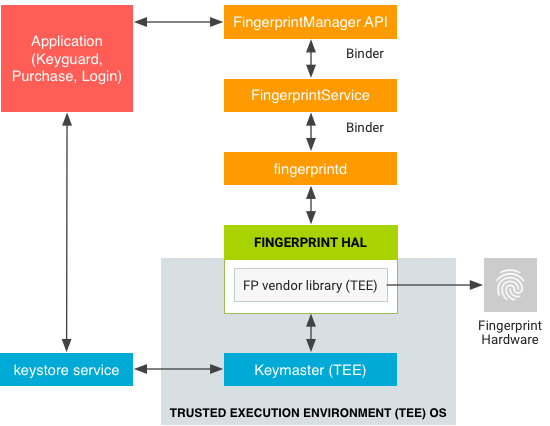


Most if not all proprietary UNIX systems have dedicated tools to collect system information, including hardware configuration and installed software. Other Linux variants have their own mechanisms to collect system information, for example Red Hat Enterprise Linux has sosreport. You can either copy this by hand, or use the mouse to select the text 'Hardware fingerprint: 7777-7777' and copy it to the clipboard. You do not need to enter anything into the Name field at this stage, it is just the hardware fingerprint which I need.
#HARDWARE FINGERPRINT HOW TO FIND PC#
Produces a list beginning with a11y-profile-manager-indicator 0.1.10-0ubuntu3 (amd64)Īccount-plugin-facebook 0.12+0126-0ubuntu1 (all)Īccount-plugin-flickr 0.12+0126-0ubuntu1 (all)Īccount-plugin-google 0.12+0126-0ubuntu1 (all)Īccountsservice 0.6.40-2ubuntu11.3 (amd64) The hardware fingerprint of the PC is displayed in the middle of the dialog. Also df may come in handy.įor installed packages use dpkg-query, for example, dpkg-query -list | grep '^ii' | awk ' You may want to record hostname, uname -a, lsb-release -cdr and /etc/machine-id. (You may only try because some machines are virtual.) There is a tutorial with screen shots at and generally Google is not short of suggestions. To use this tool, please perform the following steps: Open a command prompt (i.e. This tool is located in the ShareScan Tools folder.
#HARDWARE FINGERPRINT HOW TO FIND SERIAL NUMBER#
To accurately identify machines you may try to use the system serial number, vendor, model, the MAC address of the network controllers, the serial number of the hard disk etc. To confirm the ShareScan 5.x and 6.x Server Hardware Fingerprint ID (HWFPID), use a tool called 'Gethwfp.exe'. On Debian-derived systems, for hardware information use lshw, hwinfo, udevadm, hdparm, inxi (this one needs installing first) etc.


 0 kommentar(er)
0 kommentar(er)
